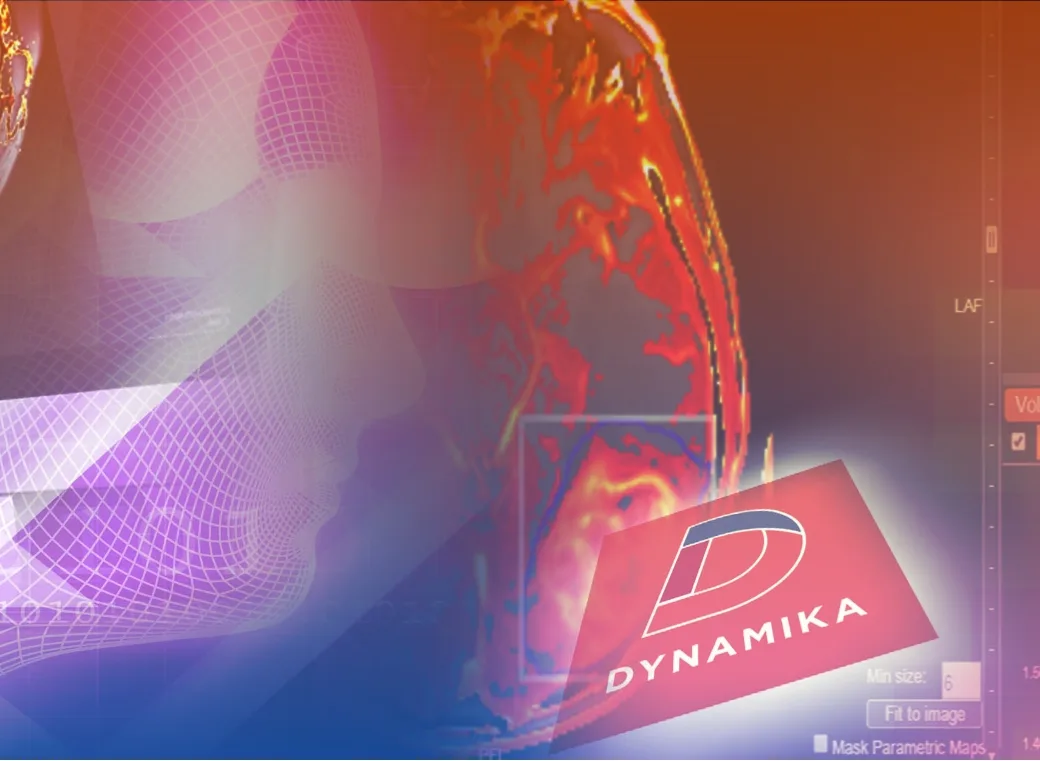Reader Inter-and Intra Reproducibility: Quality Management

Advanced Backend Insurance Solution: The Future of Voice AI Customer Experience
The insurance industry is experiencing a seismic shift as carriers recognize that customer experience has become the ultimate differentiator. With 77% of customers expecting to reach someone right away when they contact a company, according to Salesforce, traditional phone trees and lengthy hold times are no longer acceptable. The solution lies in implementing a comprehensive backend insurance solution that seamlessly integrates voice AI technology – a complex technical challenge that requires a deep understanding of both conversational AI and insurance backend workflows.
The Integration Challenge: Beyond Surface-Level Automation
Call Center Transformation for Inbound Traffic
The traditional insurance call center operates like a digital maze – customers navigate through multiple transfers, repeat their information countless times, and often hang up frustrated. A modern backend insurance solution must now support voice AI agents that can instantly access policy details, claims history, and billing information while maintaining natural conversation flow.
McKinsey highlights that integrating AI with core insurance systems enables automated, real-time handling of customer requests, reducing turnaround times from days to minutes and greatly enhancing efficiency and customer satisfaction. It demands deep integration with core insurance backend systems that can retrieve and update customer data in real-time.
The technical challenge involves creating API bridges that can handle concurrent voice interactions while maintaining data consistency across policy management systems, claims processing workflows, and billing platforms. Each conversation must feel seamless while dozens of backend insurance process queries happen invisibly in milliseconds.
Outbound Campaign Orchestration
Outbound insurance campaigns present entirely different technical challenges, requiring voice AI to navigate complex compliance frameworks while delivering personalized messaging that doesn’t feel robotic. Insurance backend process integration for outbound campaigns demands sophisticated campaign management systems that dynamically adjust messaging based on real-time policy status, payment history, and regulatory requirements.
At NextLevel.AI, we work with insurers to solve the exact technical challenges outlined here—from API architecture and compliance to real-time synchronization and omnichannel deployment. Get in touch to discuss how we can support your integration roadmap..
Website and Mobile App Integration: The Omnichannel Imperative
Integrating voice AI into insurance websites and mobile applications creates unique technical hurdles beyond traditional web development. The insurance backend support infrastructure must handle voice processing, natural language understanding, and real-time database queries while maintaining sub-second response times across different devices and network conditions.
The most critical challenge involves maintaining data consistency between voice interactions and visual interfaces. When customers ask about their deductible through voice while viewing their policy on-screen, both the audio response and visual display must reflect identical, up-to-date information from the backend insurance process.

Compliance and PDPL: NextLevel.AI’s Technical Approach
Personal Data Protection Law compliance in voice AI systems requires unprecedented attention to data handling, storage, and processing workflows. Every voice interaction potentially contains sensitive personal information that must be encrypted, anonymized, and processed by strict regulatory requirements.
NextLevel.AI has addressed these compliance challenges for multiple insurance carriers by implementing comprehensive privacy frameworks. Our technical approach includes automated voice data retention policies, real-time data masking for sensitive information like social security numbers, and detailed audit trails that track every access to customer data. Our compliance-first architecture ensures that privacy protections are built into the backend insurance solution from the ground up, featuring zero-trust security models, end-to-end encryption, and granular role-based access controls.
API Integration Excellence: Our Integration Framework
Successful insurance backend integration requires sophisticated API design that can handle the unique demands of voice interactions. Unlike traditional web queries that can tolerate slight delays, voice AI demands sub-200-ms response times to maintain natural conversation flow.
NextLevel.AI has developed solutions through our integration platform that combine intelligent caching strategies, database optimization techniques, and microservices architectures that scale dynamically based on call volume. Our specialized testing frameworks simulate realistic conversation flows, validating data accuracy across integrated systems and reducing deployment risks.
WhatsApp Integration: Multi-Channel Voice AI Implementation
The integration of voice AI with WhatsApp Business API opens new channels for customer engagement while presenting unique technical challenges. Voice message processing through WhatsApp requires different audio codecs, file size limitations, and asynchronous communication patterns that differ significantly from real-time voice calls.
NextLevel.AI’s platform handles these complexities through specialized architecture. Our backend insurance process systems efficiently manage voice messages that arrive hours after the initial customer inquiry, maintain conversation context across multiple message types, and provide consistent responses whether customers communicate through text, voice, or mixed media formats.
Your Next Step: Advanced Voice AI Implementation
Delivering fast, intelligent, and compliant service is no longer optional in the insurance industry—it’s essential. As voice AI technology matures, it must be tightly integrated with every layer of the insurance backend to meet the rising expectations of customers and regulatory demands. From inbound call handling to omnichannel orchestration, a well-architected backend insurance solution is what turns automation into a competitive advantage.
Book a free call with NextLevel.AI to explore how we can help you implement voice AI systems that fit your infrastructure, meet compliance requirements, and enhance the service experience from the backend.
Frequently Asked Questions
What is a backend insurance solution?
A backend insurance solution refers to the systems and infrastructure that support core insurance operations—such as policy management, claims processing, and billing—behind the scenes. When integrated with voice AI, these systems enable real-time, automated customer interactions across channels.
How does insurance backend integration improve customer service?
By connecting voice AI agents directly to the insurance backend, companies can provide instant, accurate answers to inquiries about coverage, claims, and policy details. This eliminates delays caused by disconnected systems and reduces the need for human intervention in routine requests.
What challenges do insurers face in the backend insurance process integration?
Key challenges include managing real-time data synchronization, ensuring sub-second voice response latency, maintaining compliance with data protection laws, and handling complex insurance backend process logic across multiple systems.
How can voice AI enhance the insurance backend process?
Voice AI enhances the insurance backend process by automating high-volume, repetitive tasks, such as policy lookups and claims status updates. It ensures customers get consistent, accurate information while freeing agents to handle more complex cases.
What does insurance backend support include?
Insurance backend support includes the technical infrastructure, APIs, and middleware that connect voice interfaces to core systems. This ensures real-time data access, process consistency, and secure handling of customer interactions across platforms.
Is backend insurance integration with WhatsApp possible?
Yes. With proper architecture, voice AI can be integrated into insurance backend systems that also support WhatsApp, enabling consistent conversational experiences even through asynchronous channels, such as voice messages.

